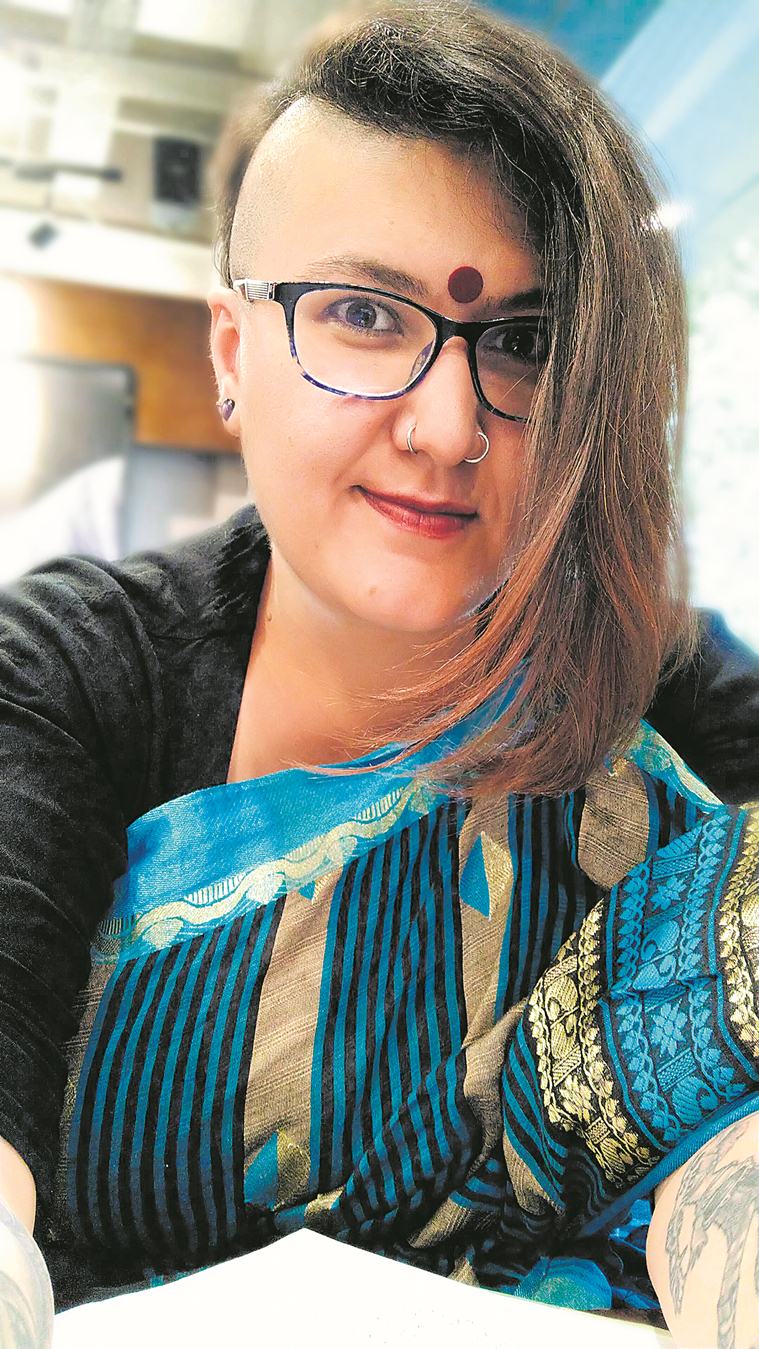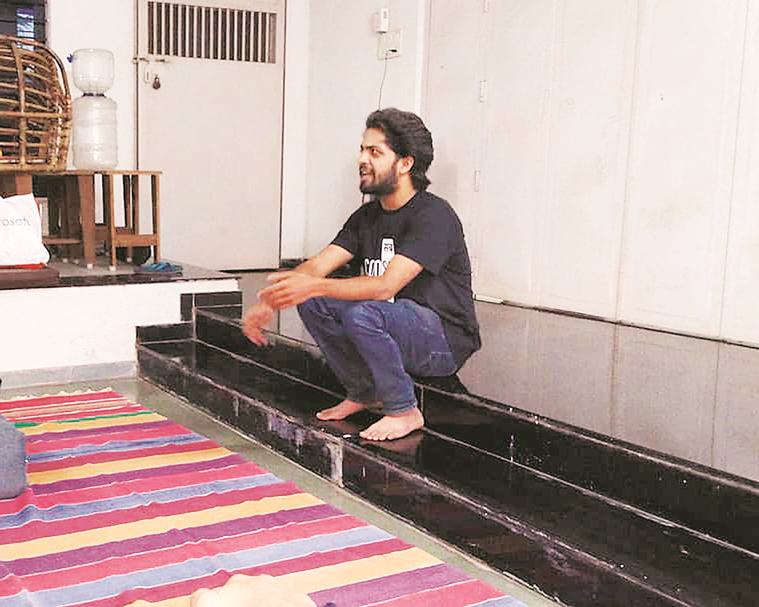
On an evening cooled by rain and coloured by greenery, Siddhant Kalmegh strummed a guitar and sang a number he had written for his ex girlfriend. The light beats had the audience clapping along and swaying with the rhythm. Between songs, Kalmegh spoke about how he lets music come naturally and a track once hit him when he was on the Pune-Bengaluru highway, travelling towards Mahabaleshwar. “If you are thinking about living, you are not living. Let go. Life is simple and easy. We complicate it,” he added.
Kalmegh was part of “Performance Stories”, in which six artistes wrapped up their performances with a few minutes of audience interaction about mental health. “I used to do a lot of workshops and call people to discuss mental health and nobody would come. One of the biggest problems with mental health is that nobody wants to talk about it. We are not even going into areas such as schizophrenia and bipolar disorder, but talking about the daily state of our mind, trauma and stress,” said Niki Ray, a social worker who conducts talks and is working on creative transformation at the workplace and personal life. To audiences, she is better known as Mad Bai, a fictional character that Ray performs in her solo acts.

Ray conceptualised “Performance Stories” to bring together art and mental health. Artistes, who draw from their inner lives to create, share personal experiences about the self and coping. The first edition was held on October 10, 2018, World Mental Health Day. At the 10th edition, held last week, an IT recruiter, Anjali Kharade, presented two pieces in Kathak and spoke about the balance between profession and passion. Writer Shoonyo Avchar, who shared a passage from his new novel, left a corporate job in the UK to follow his heart. A teenage student, Meghan Kalvey, held the audience captive with choreographies though she has never learnt dance formally. “When life gets tough and there is an emotional overload, I stand in front of the mirror and dance,” she said.
Another artiste, final year chartered accountant student Chinmay Duraphe, turned up with old love songs and an ukulele. “I picked up this fun little instrument a few years ago and it makes me and all those who listen to it, happy, that’s all that matters, right?” he said. Storyteller Shounak Pethe, who narrated a quirky college romance, fielded a question about teenage depression at the end. “I don’t live in the moment, so I decide to make memories. People come and go and we should let it be,” he said.

As for herself, Ray turns to theatre every time she is close to a meltdown. “I get into some character. I have a lot of characters, of which I have only performed two in public,” she said. One of these is Mad Bai, who belongs to a fictional village called Quantampuram in Maharashtra, and came to the city. “Main kar sakti hai kuchh zindagi mein,” she told the audience. Ray tackles issues such as child marriage and dowry, among others, through stories of Mad Bai. After Section 377 was struck down last year, Mad Bai featured in the performance 377 Ki Pungi, with comments on the LGBTQ issue.
Ray’s other protagonist is a Parsi woman, Miss Lily Pestonjee. “She has come from DC, not Washington DC but Dilruba Chambers in Mumbai, a famous hangout for Parsis. She is 45, available, never married and looking for a dude,” said Ray, slipping into Parsi mannerisms. Both women, in their opposite ways, underwrite Ray’s deepest belief. “There is always a choice, make sure it’s yours,” said Ray.

Born and raised in Pune to an upper middle-class family, Ray did not give education much importance and was more drawn to meditation. She designed her first meditation workshop at the age of 18. Art was also a huge part of her life. “I have always danced a lot and done mimicry and comedy for family and friends but never had the courage to go on stage,” she said. In 2017, theatre director Randhir Khare of Gyan Adaab, a cultural organisation, cast her in the play, The Clown Who Knew Too Much, as a corrupt politician and social worker who runs a papad factory and, in the name of empowering women, exploits them.
Ray carries a stage presence even when off it. Her body is an art gallery of 20 tattoos and she wears gender politics as a hairstyle. “My hair is very important. I had hair till my waist until I realised that there are many statements that I can make with my haircut. In our society, a woman has to have long hair and her beauty depends upon it. But, then, why do you tell women to cover her head with a pallu? Now, I say, the shaved right side of my head is to keep myself happy and the left side, that has longer hair, is to save my marriage because my husband likes long hair,” she said.
Ray was 10, when she first asked herself about her purpose in life. “My mission in life is to lend a smile to every face that needs one,” she said. With “Performance Stories”, she is on her way.